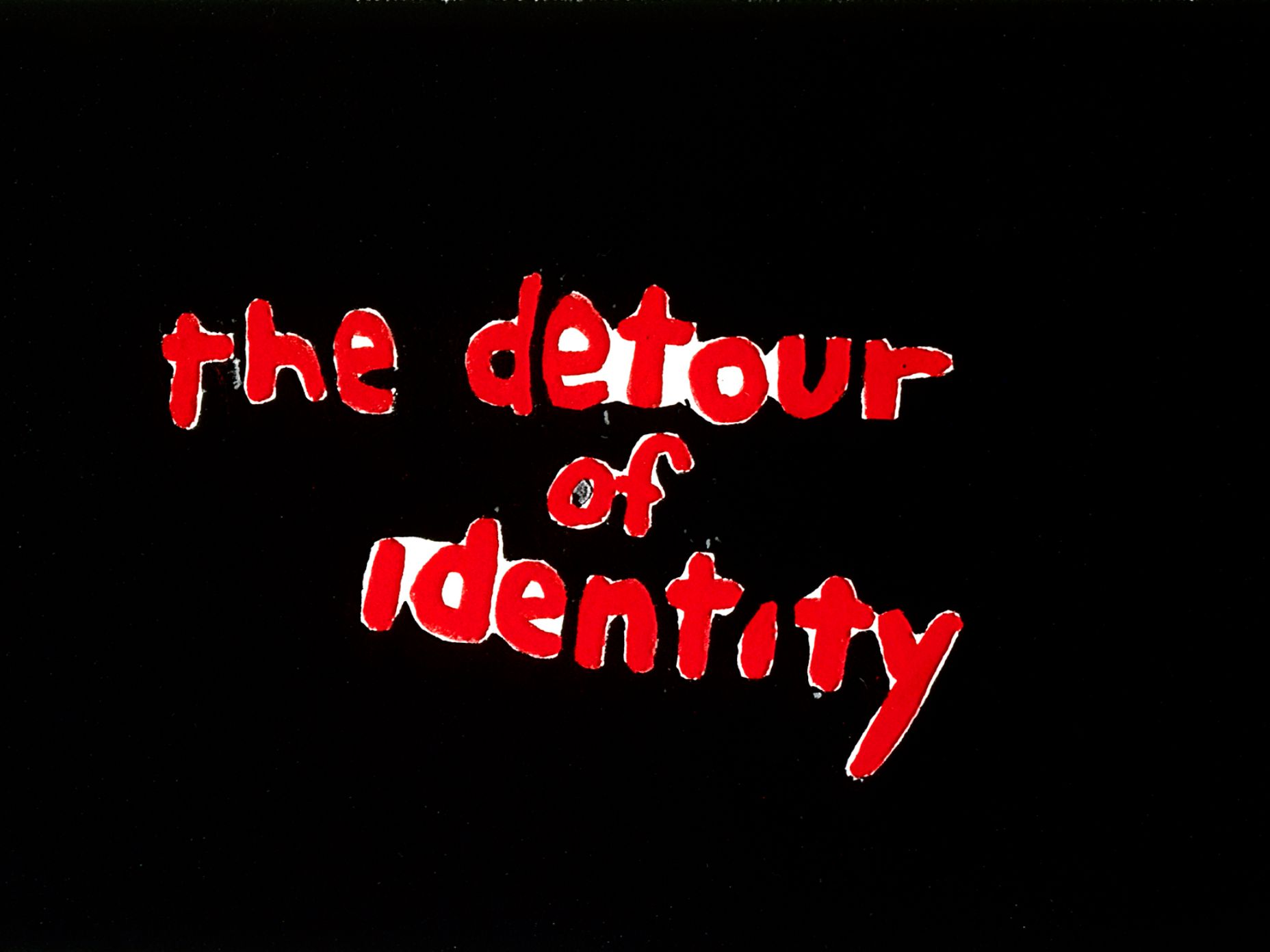Roni Horn
4 APRIL – 12 JULY 2024
New York, Wooster Street
On 4 April, Hauser & Wirth will open an exhibition of new works by Roni Horn at the gallery’s Wooster Street location in New York City. Renowned for a practice that combines conceptual rigor with an exquisite visual sensuality, Horn will present her latest series of works on paper and never before exhibited cast-glass sculptures. Highlighting her enduring exploration of identity, meaning and perception, these works continue to reveal Horn’s deeply conscientious engagement in humanity’s relationship to the natural world.
Drawing has been integral to Horn’s oeuvre for nearly 40 years. Describing it as her ‘primary activity,’ she expands the language of mark-making by constructing, deconstructing and then reconstructing images and texts. A meditation on meaning, Horn’s unique process of taking things apart and putting them back together anew tests the limits of draftsmanship by exploring its sculptural potential. For her latest series, titled ‘Slarips’ (the word ‘spirals’ written in reverse), Horn began by making watercolor spirals in an array of hues. She then cut up the painted images and collaged them together into new tessellated compositions. Each is titled with a deliberate misspelling of the word ‘spirals,’ signaling a profound departure from the work’s original source material.
The artist began making cast-glass sculptures in the mid-1990s, pouring colored molten glass into molds that would then gradually anneal over the course of several months. Horn spent years developing a specific technical process that furnishes her finished works with a nearly alchemical quality: they appear simultaneously fluid and solid. Visually ambiguous, their opaque, roughly textured sides bear impressions of the molds in which they were cast, while their glossy, fire-polished tops recall the crystal-clear surface of an undisturbed pool of water. Water, often considered a universal symbol for change, is a constant theme for Horn, once stating she is ‘…fascinated by this idea of water as a form of perpetual relation, not so much a substance but a thing whose identity was based on its relation to other things…. Rather than an object, water becomes a metaphor for consciousness—of time, of physicality, of the human condition.’
Roni Horn International Exhibitions
Related Content
About the Artist

Roni Horn
Roni Horn’s work consistently generates uncertainty to thwart closure in her work. Important across her oeuvre is her longstanding interest to the protean nature of identity, meaning, and perception, as well as the notion of doubling; issues which continue to propel Horn’s practice.
Since the mid-1990s, Horn has been producing cast-glass sculptures. For these works, colored molten glass assumes the shape and qualities of a mold as it gradually anneals over several months. The sides and bottom of the resulting sculpture are left with the rough translucent impression of the mold in which it was cast. By stark contrast, the top surface is fire-polished and slightly bows like liquid under tension. The seductively glossy surface invites the viewer to gaze into the optically pristine interior of the sculpture, as if looking down on a body of water through an aqueous oculus. Exposed to the reflections from the sun or to the shadows of an overcast day, Horn’s glass sculpture relies upon natural elements like the weather to manifest her binary experimentations in color, weight and lightness, solidity and fluidity. The endless subtle shifts in the work’s appearance place it in an eternal state of mutability, as it refuses a fixed visual identity. Begetting solidity and singularity, the changing appearance of her sculptures is where one discovers meaning and connects her work to the concept of identity.
For Horn, drawing is a primary activity that underpins her wider practice. Her intricate works on paper examine recurring themes of interpretation, mirroring and textual play, which coalesce to explore the materiality of color and the sculptural potential of drawing. Horn’s preoccupation with language also permeates these works; her scattered words read as a stream of consciousness spiralling across the paper. In her ‘Hack Wit’ series, Horn reconfigures idiomatic turns of phrase and proverbs to engender nonsensical, jumbled expressions. The themes of pairing and mirroring emerge as she intertwines not only the phrases themselves but also the paper they are inscribed on, so that her process reflects the content of the drawings. Words are her images and she paints them expressionistically, which—combined with her method—causes letters to appear indeterminate, as if they are being viewed underwater.
Notions of identity and mutability are also explored within Horn’s photography, which tends to consist of multiple pieces and installed as a surround which unfolds within the gallery space. Examples include her series ‘The Selected Gifts, (1974 - 2015),’ photographed with a deceptively affectless approach that belies sentimental value. Here, Horn’s collected treasures float against pristine white backdrops in the artist’s signature serial style, telling a story of the self as mediated through both objects and others—what the artist calls ‘a vicarious self-portrait.’ This series, alongside her other photographic projects, build upon her explorations into the effects of multiplicity on perception and memory, and the implications of repetition and doubling, which remain central to her work.
Current Exhibitions
1 / 11






















